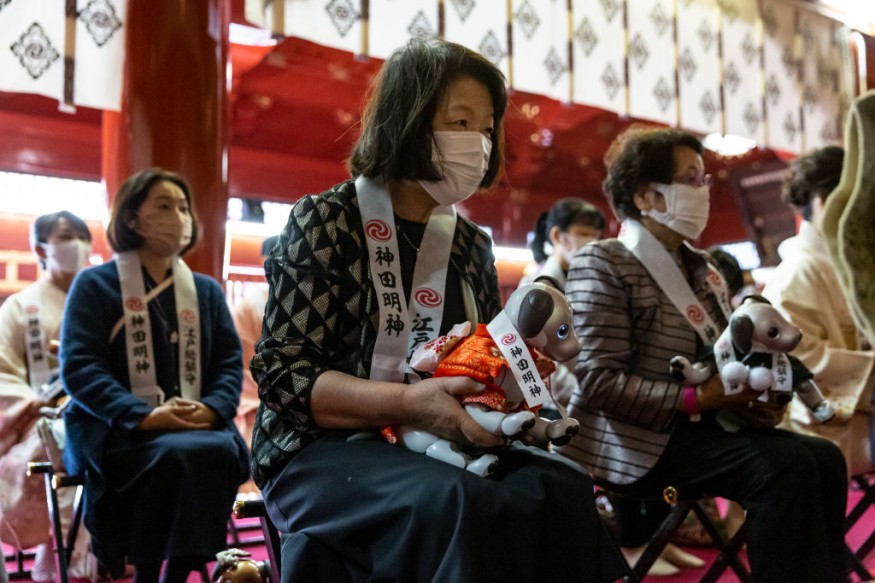Robots are now used to perform Hinduism's holiest rituals, although not all worshippers and religious experts are happy about it. Anthropology expert Holly Waters describes in her article for The Conversation the substantial concerns surrounding using robots in religious contexts.
In her example, a robotic uses its arms to perform the Hindu "aarti" ritual in India, which lights a candle to worship the gods in Hinduism. But some worshippers have expressed reservations regarding it and ear they may be replaced by these machines.

Robotic Arm Performing Aarti Ritual
In 2017, Patil Automation introduced a robotic arm that performs the aarti ritual usually performed by a devotee who offers an oil lamp to the deity to symbolize the removal of darkness. It was unveiled during the yearly gathering of the Ganpati festival, wherein millions of people worshipping the elephant-headed god Ganesha attended.
Since then, people have been inspired to use a robotic arm prototype in other religious activities. A few of them regularly perform the ritual across India, while other religions in East Asia and South Asia have also utilized robots during their religious services. As Waters wrote, robotic rituals now include an animatronic temple elephant in Kerala.
However, these kinds of religious robotic use only led to debates about using AI and robotics in devotion and worship. Other devotees and religious experts said they feel this represents a new horizon in human innovation that will result in the betterment of human society, but some are worried that it could replace practitioners and is a bad omen for the future.
Waters cited a 2018 research finding that younger people attend church less. She noted that the concerns could be linked to the fear that the proliferation of robots might lead to more significant numbers of people leaving religious practice as temples began to rely more on automation than practitioners to care for their gods.
She noted that this might be due to pervasive spiritual anxiety in which scholars said all these concerns reflect the fear that robots are better at worshipping gods than humans. It also raises the inner conflict about the meaning of life and one's place in the universe.
Rise of Ritual Automation Is Not New
The idea of ritual automation or robotic ritual practice is not new in South Asia. There have been instances when it was used in special pots that drip water continuously for bathing rituals and also wind-powered Buddhist prayer wheels.
Today, the contemporary version of an automated ritual looks like downloading a mobile app that chants mantras and using ritual-performing robots designed for complicated conversations.
Sanskrit scholar and literary critic Thaneswar Sarmah claim in his 2006 book that the first Hindu robot emerged in the story of King Manu, the Hindu belief's first sovereign. Saranyu, Manu's mother and the daughter of a famous architect, created a lifelike statue to do all her home tasks and religious responsibilities flawlessly.
According to folklorist Adrienne Mayor, religious myths about mechanized symbols from Hindu epics, such as the mechanical war chariots of the Hindu engineer deity Visvakarman, are generally seen as the forerunners of religious robots today.
Ultimately, Walters said that using robots in religious activities belongs very much to the present and tells the public that these religions are being imagined as post- or transhuman because machines do not get tired, forget what they are supposed to say, fall asleep or leave.
RELATED ARTICLE : Future Home Robotics May Include Robots Picking Up Children's Toys, Draining Plates, and More!
Check out more news and information on Robotics in Science Times.
© 2026 ScienceTimes.com All rights reserved. Do not reproduce without permission. The window to the world of Science Times.











